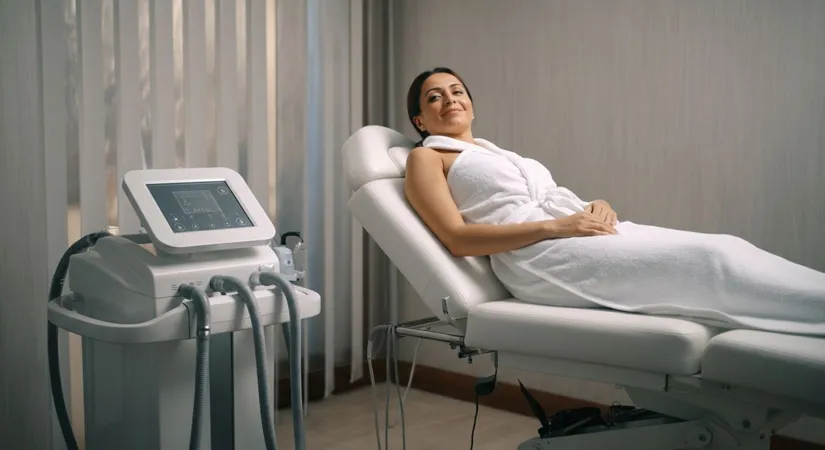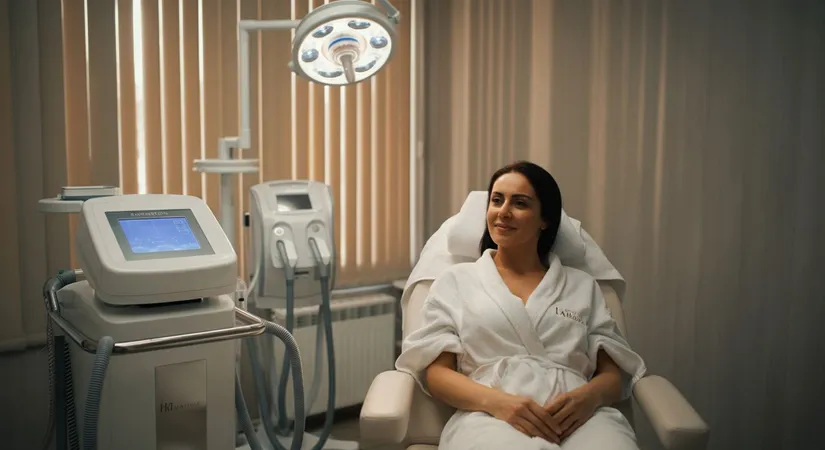Cavitation: Revolutionizing Body Contouring with Advanced Techniques
Explore the revolutionary cavitation technique for body contouring, offering a non-invasive alternative to traditional methods with advanced ultrasound technology.
Cavitation: Revolutionizing Body Contouring with Advanced Techniques
Cavitation is a groundbreaking technique in the realm of body contouring, offering a non-invasive alternative to traditional methods like liposuction. This advanced procedure utilizes ultrasound technology to target and break down fat cells, providing a sculpted and toned appearance without the need for surgery. As a result, cavitation has become a popular choice for individuals seeking effective body shaping solutions.
Understanding Cavitation: The Science Behind the Technique
Cavitation works by using low-frequency ultrasound waves to create pressure changes in the fat cells, causing them to implode and release their contents. This process, known as cavitation, allows the body to naturally eliminate the broken-down fat through the lymphatic system. Unlike traditional liposuction, cavitation is non-invasive, meaning there are no incisions, anesthesia, or recovery time involved. This makes it an attractive option for those looking to achieve body contouring results without the risks associated with surgery.

Benefits of Cavitation for Body Sculpting
Cavitation offers numerous benefits for individuals seeking body sculpting solutions. Firstly, it is a painless procedure, making it ideal for those who are sensitive to discomfort. Additionally, cavitation is highly effective in targeting stubborn fat areas that are resistant to diet and exercise. The results are visible after just a few sessions, with continued improvements over time. Furthermore, cavitation promotes skin tightening and improves the overall texture of the treated area, enhancing the aesthetic outcome.
Cavitation vs. Traditional Liposuction: A Comparative Analysis
When comparing cavitation to traditional liposuction, several key differences emerge. While liposuction involves surgical intervention and a longer recovery period, cavitation is non-invasive and requires no downtime. This makes cavitation a more convenient option for individuals with busy lifestyles. Additionally, cavitation is a safer alternative, as it eliminates the risks associated with surgery, such as infection and scarring. However, it is important to note that cavitation is best suited for individuals with moderate fat deposits, whereas liposuction may be more appropriate for those with larger volumes of fat.

Who Can Benefit from Cavitation Treatments?
Cavitation is suitable for a wide range of individuals seeking body contouring solutions. It is particularly beneficial for those who have struggled to achieve their desired body shape through diet and exercise alone. Additionally, cavitation is an excellent option for individuals who are not candidates for surgery or prefer a non-invasive approach. It is important to consult with a qualified professional to determine if cavitation is the right choice for your specific needs and goals.
Preparing for Your Cavitation Session: What to Expect
Before undergoing a cavitation session, it is essential to prepare adequately to maximize the results. It is recommended to stay hydrated by drinking plenty of water before and after the treatment, as this helps the body eliminate the broken-down fat. Additionally, maintaining a healthy diet and regular exercise routine can enhance the effectiveness of the procedure. During the session, a gel is applied to the treatment area, and the ultrasound device is moved in circular motions to target the fat cells. The procedure is painless and typically lasts between 30 to 60 minutes.
Post-Cavitation Care: Maximizing Your Results
After a cavitation session, it is important to follow post-treatment care instructions to achieve optimal results. Staying hydrated and maintaining a healthy lifestyle are crucial for the body to effectively eliminate the broken-down fat. Additionally, lymphatic drainage massages can help accelerate the process and enhance the overall outcome. It is also recommended to avoid alcohol and caffeine, as they can hinder the body's ability to eliminate toxins. By following these guidelines, individuals can enjoy long-lasting and satisfying results from their cavitation treatments.